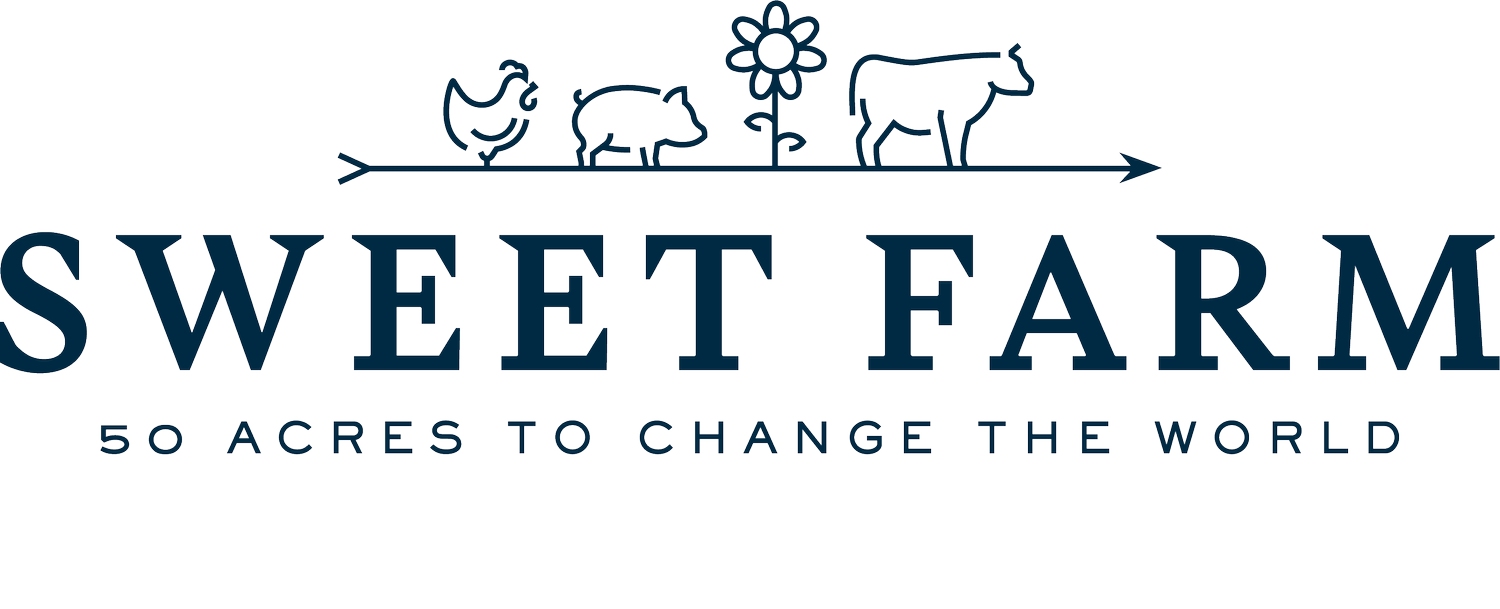The True Cost of Fast Fashion
What is fast fashion?
"Fast fashion" is a term applied to inexpensive clothing that is generally of poor quality, manufactured quickly, and with the intention of being disposed of and replaced when the next trend surfaces. Fast fashion thrives on a business model built around speed and disposability. It churns out new styles at breakneck speed, encouraging consumers to constantly update their wardrobes with the latest trends. This relentless cycle of production and consumption comes at a significant cost to the environment.
Environmental Impact
The fashion industry is one of the largest contributors to environmental pollution and resource depletion. From the intensive use of water and chemicals in textile production to the vast amounts of carbon emissions generated by transportation and garment manufacturing, the environmental footprint of fast fashion is staggering. Add to that the problem of textile waste, with millions of tons of clothing ending up in landfills and the oceans each year, and the scale of the issue becomes clear. Click here to learn more about global impact of fast fashion.
Most fast fashion is made up of synthetic materials. Synthetic fabrics, such as polyester and nylon, are derived from petrochemicals and require large amounts of energy and resources to produce. Their production contributes to greenhouse gas emissions, water pollution, and the depletion of non-renewable resources.
Synthetics are not biodegradable, leading to persistent microplastic pollution in oceans and soil. The simple act of washing synthetic materials deposits millions of microfibers into our water that cannot be removed. Desire to keep up with rapidly changing trends leads to increased demand for cheap, disposable garments, further fueling the issue. We must look at more sustainable alternatives and examine our consumption habits.
Materials
Choosing natural fabrics like cotton, bamboo, and linen can drastically decrease a garment's environmental impact, and those fabrics will be of higher quality simply by the nature of their material. Wool and leather, however, while often considered natural and renewable materials, are not actually sustainable materials. Large-scale sheep and cattle farming contribute to water and air pollution, overgrazing, soil degradation, and habitat destruction, particularly in sensitive ecosystems. Furthermore, all animals that are used for products suffer cruel treatment and a sad fate.
While wool and leather may be technically biodegradable and renewable, the processing of turning hide and wool into textiles involves dangerous chemicals and energy-intensive processes, as does their biodegrading; they leach those chemicals into our air and soil, further contributing to carbon emissions and pollution! Transporting materials across long distances can further increase the materials' carbon footprint, since most is shipped from one hemisphere to another for processing or manufacturing. For example, most wool in the states comes from Australia and New Zealand.
The Path to Sustainability
Fortunately, there is a growing movement towards sustainable and ethical fashion! From eco-friendly materials and fair labor practices to innovative recycling and upcycling initiatives, brands and consumers alike are beginning to recognize the importance of responsible fashion choices. There is no regulation around the term "sustainable fashion," and in an industry that is already opaque, some brands can be dishonest about their environmental impact,
Here are a few things to look out for when trying to decipher what brands are actually sustainable, and which are trying to swindle you out of your money by claiming sustainability:
The Global Organic Textile Standard (GOTS) for organic cotton
Global Recycled Standard (GRS) for recycled products
LEED certification for reduced energy consumption in factories
Bluesign for chemical and environmental management
Certified B Corporations, which meet a strict set of standards measuring a company’s environmental impact.
Our current obsession is The Girlfriend Collective, which boasts sustainable and recyclable activewear. Honestly, what could be better than that?!
What You Can Do
BUY LESS
BUY SECONDHAND
BUY NATURAL FIBERS
BUY QUALITY
AVOID TRENDS
As consumers, we have the power to drive change through our purchasing decisions. By opting for quality over quantity, supporting brands with transparent and ethical supply chains, and embracing a more minimalist approach to fashion, we can help break the cycle of fast fashion and promote a more sustainable future for the industry and our one and only planet.
In the words of fashion icon Vivienne Westwood, "Buy less, choose well, make it last." Together, let's stitch a brighter future for fashion—one thread at a time.





